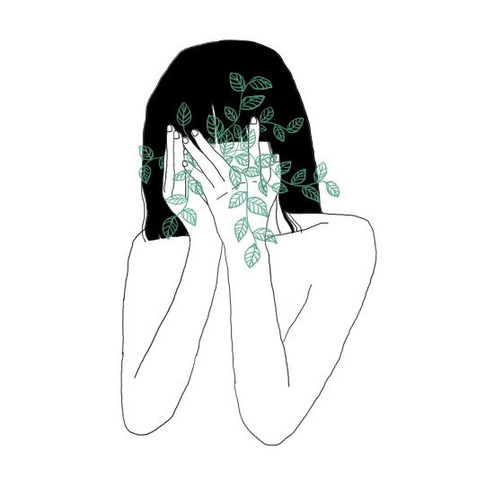Combating PMS
- Lydia Cotter

- Jul 3, 2019
- 2 min read
Updated: Aug 13, 2024
Learn the different types of PMS and top ways to combating it s you can feel your best again.
Premenstrual syndrome (PMS) affects up to 90% of women with 40% dealing with symptoms distressing enough to interfere with their everyday lives.
With over 150 known symptoms including: irritability, bloating, headaches, anxiety, depression, fatigue, super tender breasts, carb and sugar cravings, skin breakouts or constipation....it's no wonder that we can feel out of sorts!
And it can really ramp up during transitional hormonal periods in one's hormone journey like puberty, post partum, cessation of breastfeeding and perimenopause.
Types of PMS
There are four types of PMS which differ based on the symptoms. Many women experience symptoms from all categories so don't stress out if you tick all the boxes.
PMS-A (Anxiety)
Anxiety is the most common PMS symptom in PMS-A. One day you can be feeling fine, the next overwhelmed, panicked, unable to take a breath and moody.

Typical symptoms associated with PMS-A include:
anxiety
irritability
mood swings
nervous tension
weepiness
paranoia
PMS-C (Cravings)
Many women's eating patterns change to serious binging and cravings for foods like chocolate, cake, biscuits, chips and ice cream (basically the foods they may try to avoid the rest of the month).
Other symptoms of PMS-C include:
headaches
fatigue
moodiness
irritability


PMS-D (Depression)
There's an increased depressed feeling that takes over before the period commences.
Other symptoms of PMS-D include:
memory loss
insomnia
confusion
tearfulness
social withdrawal
suicidal thoughts or actions
PMS-H (Hyperhydration)
Hyperhydration means the body holds onto excess fluid so you feel bloated, develop severe breast tenderness and often feel like you've gained 10kg in weight.
Other symptoms of PMS-H include:
water retention
swelling
bloating
breast tenderness
weight gain

Why does PMS get so chaotic?
Dealing with so many PMS symptoms can feel chaotic and make knowing where to start a daunting task. The good news is there's often common underlying theme with all the PMS types.
PMS is typically a sign of hormonal imbalance between oestrogen and progesterone. This over dominance of oestrogen or progesterone disrupts the harmony of the hormones, triggering exacerbations in PMS symptoms.
Other common culprits include imbalanced blood sugar, low vitamin B6, depletion in magnesium or zinc, high cortisol, irregularities in DHEA, elevated thyroid hormones and high aldosterone.

How to combat PMS
A good place to start is conducting a hormone profile functional test to determine the hormonal imbalances which may be causing havoc on your body. The results obtained from the test make it easy to individualise the treatment in order to establish optimal hormone balance so you're feeling great again!
If you want to reduce your PMS symptoms, talk to Lydia today for a comprehensive assessment and therapeutic plan to help rebalance the body.













Comments